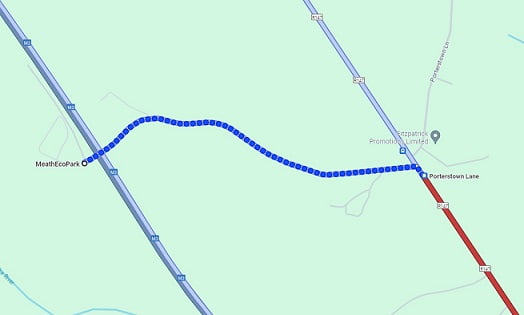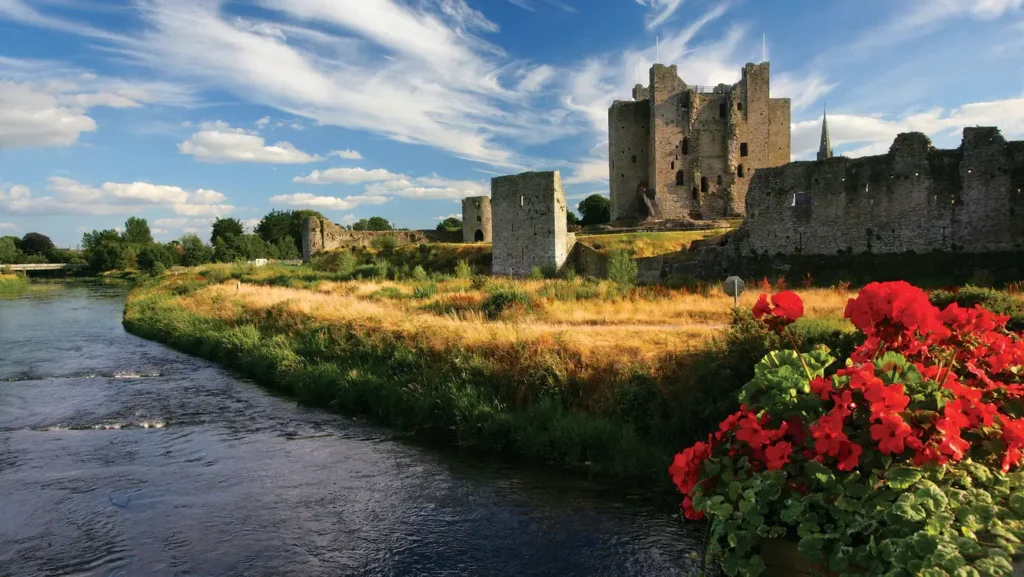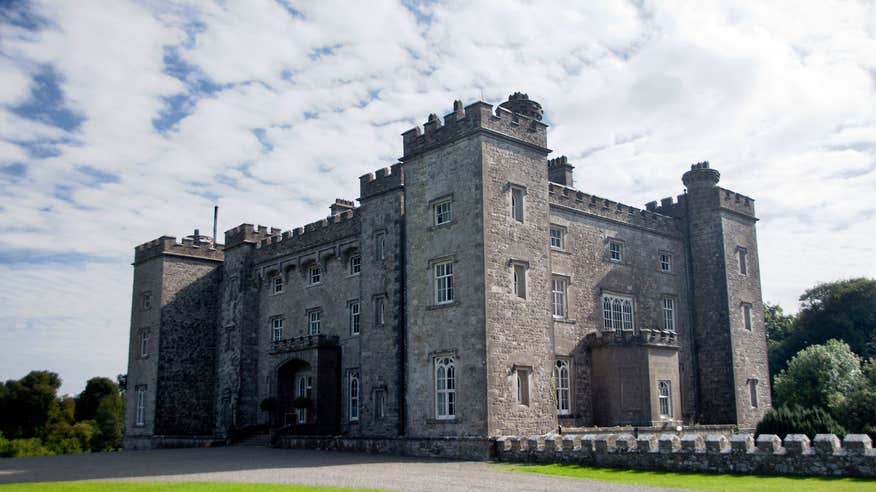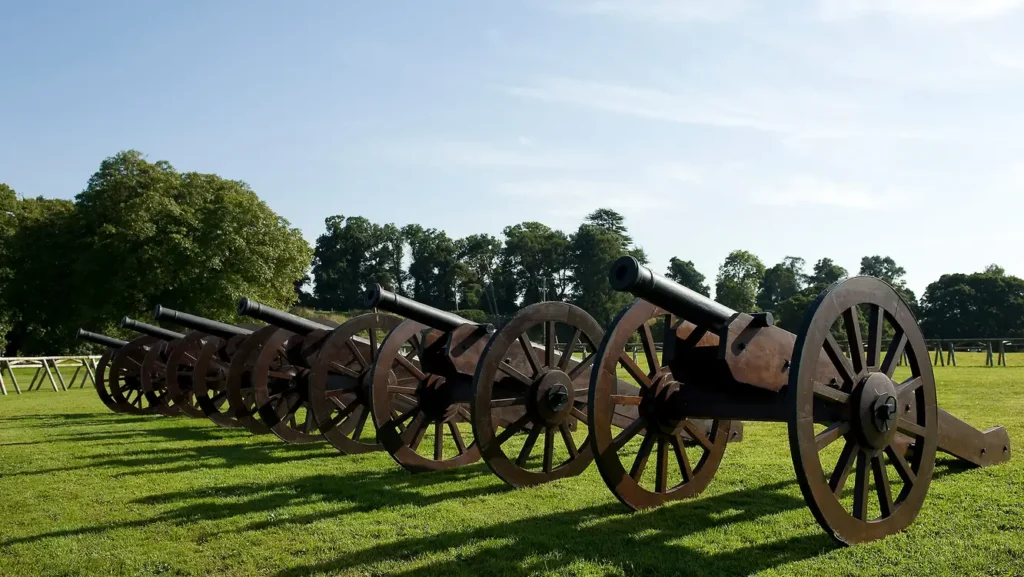Things To Do
When staying at Dave & Mary’s Eco Park you’ll have an ideal base to explore some of Ireland’s most historically significant landmarks as well as quick access into Dublin city centre. Stay more than 3 nights & get a 10% discount.
Park Up & Explore
Meath Eco Park is ideally located just 20 Km from Dublin’s city centre & provides an ideal base to explore the surrounding area with so many historic attractions as part of Ireland’s Ancient East. The park, open all year round caters for motorhomes, campervans and rooftents.
Access To Dublin City Centre
Opposite to the entrance to the Eco Park is a bus stop called Porterstown Lane for bus number 109 which goes directly into Dublin city centre. The bus is very frequent & allows you to stay with us and explore Dublin without having to worry about parking. You can access the 109 bus timetable here, it’s a busy and frequent route which provides easy access to and from Dublin city centre from Meath Eco Park.

Brú na Bóinne Visitor Centre (Newgrange & Knowth)
The Megalithic Passage Tombs of Newgrange, Knowth and Dowth, in the present day County of Meath, were built around 3200BC making them older than Stonehenge in England and the Pyramids of Giza in Egypt. This impressive structure is a large circular mound with a stone passageway and chambers inside, famously aligned with the rising sun during the winter solstice, illuminating the inner chamber in a spectacular display. Newgrange’s intricate carvings and advanced architectural design reflect the remarkable ingenuity of ancient people, making it a must-see marvel of Ireland’s ancient history.

Hill Of Tara
This was once the seat of the High Kings of Ireland. Its grassy mounds and weathered stones represent burial and ceremonial grounds. This archaeological complex dates back to the Neolithic era, around 5,000 years ago, and includes a variety of ancient monuments, including burial mounds, ceremonial enclosures, and standing stones. Among its most notable features is the Lia Fáil, or Stone of Destiny, which was traditionally used in the coronation ceremonies of the kings. The Hill of Tara’s panoramic views and rich historical tapestry make it a captivating destination that offers a profound glimpse into Ireland’s regal past and cultural heritage.

Trim Castle
Trim Castle, located in County Meath, Ireland, is a remarkably impressive medieval structure with a rich historical background. Constructed in the late 12th century by the Anglo-Norman knight Hugh de Lacy, Trim Castle is the largest Anglo-Norman castle in Ireland. Covering an expansive 30,000 square meters, its imposing three-story keep is surrounded by a massive curtain wall and moat, reflecting the architectural prowess and military might of its era. The castle played a significant role in the Norman control of Ireland and has been meticulously preserved, offering visitors a fascinating glimpse into medieval life. Its grandeur and historical significance, along with its role as a filming location for the movie “Braveheart,” make Trim Castle a captivating site that stands as a testament to Ireland’s rich and turbulent history.

Slane Castle and Distillery
Slane Castle, located in County Meath, Ireland, is a landmark of cultural and historical significance, blending centuries of heritage with modern innovation. The castle, which dates back to the 18th century, is the ancestral home of the Conyngham family. It boasts a rich history, having played host to numerous important historical events and figures, including King George IV and Queen Victoria. The Gothic Revival architecture of Slane Castle, along with its picturesque setting by the River Boyne, adds to its grandeur and charm.
In recent years, Slane Castle has become renowned for its vibrant cultural contributions, particularly through its association with music. Since 1981, it has been a premier venue for large-scale rock concerts, attracting world-famous artists such as U2, The Rolling Stones, and Bruce Springsteen, thus cementing its status as a cultural hub.
Adjacent to the castle is the Slane Distillery, which seamlessly blends historical legacy with contemporary craftsmanship. Established in the restored 18th-century stables, the distillery produces high-quality Irish whiskey using traditional methods combined with modern techniques. Visitors can explore the distillery to learn about the whiskey-making process and enjoy tastings of the award-winning Slane Irish Whiskey.
Together, Slane Castle and Distillery offer a unique experience that honors the past while celebrating modern cultural and artisanal achievements, making it a must-visit destination for history enthusiasts, music lovers, and whiskey aficionados alike.

Battle of the Boyne Visitor Centre
The Battle of the Boyne Visitor Centre offers an immersive and educational experience that brings to life one of the most significant battles in Irish history. The Battle of the Boyne, fought in 1690, was a decisive conflict between the Protestant King William III and the Catholic King James II, shaping the political landscape of Ireland and Britain for centuries.
At the visitor centre, tourists can explore interactive exhibits, detailed dioramas, and informative displays that vividly recount the events leading up to the battle, the strategies employed by both sides, and the enduring impact of the conflict. The centre also features a short film that provides a dramatic retelling of the battle, helping visitors understand its historical context and significance.
In addition to the indoor exhibits, the visitor centre is set within the beautifully restored Oldbridge Estate, where guests can stroll through the gardens, view the battlefield from strategic vantage points, and even witness reenactments of the battle during special events. Knowledgeable guides are available to answer questions and provide deeper insights into the historical events.
A visit to the Battle of the Boyne Visitor Centre offers a fascinating journey through history, making it a must-see for history enthusiasts, students, and anyone interested in the rich heritage of Ireland. It provides a unique opportunity to connect with the past and gain a comprehensive understanding of a pivotal moment that shaped the course of Irish and British history.

A note of thanks to DisoverIreland for the use of the photographs.
